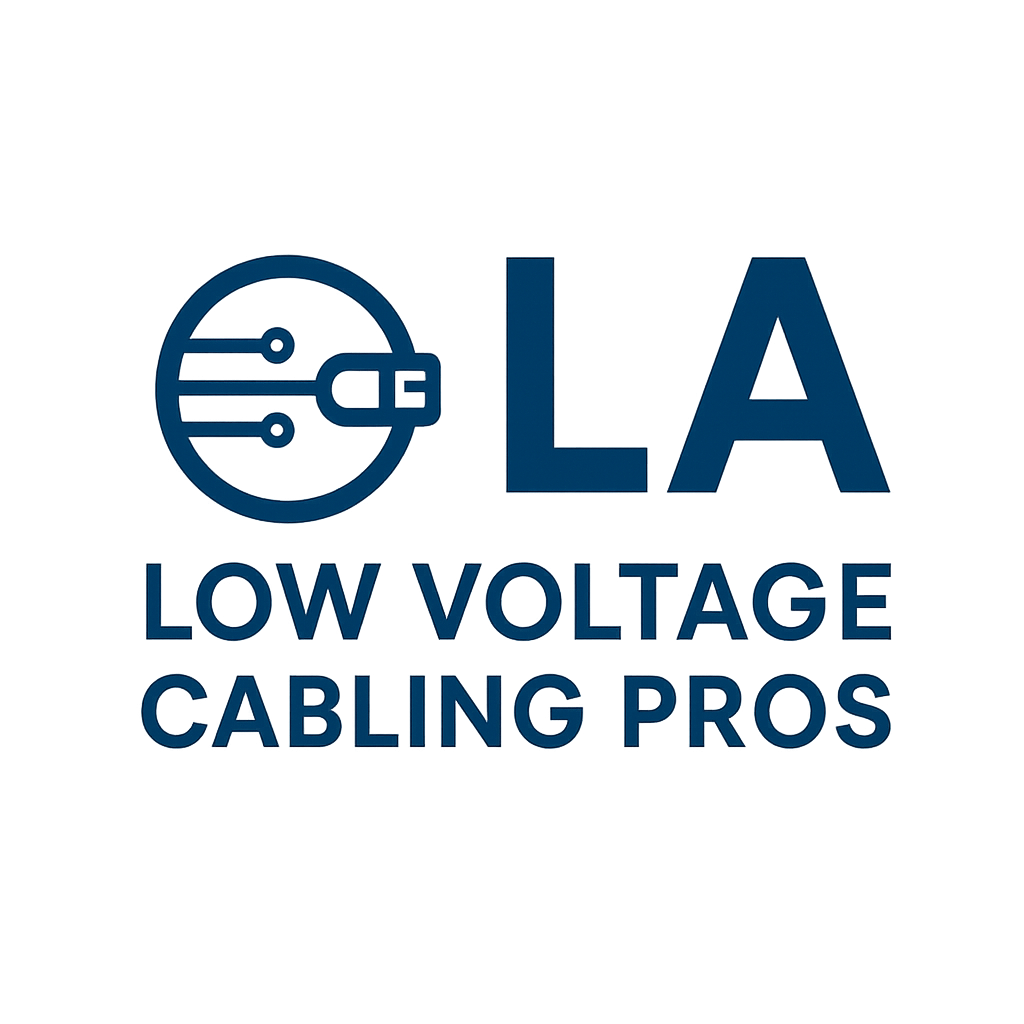Benefits of Structured Cabling Systems: The Backbone of Modern Connectivity
In today’s connected world, a reliable network isn’t just a luxury — it’s a necessity. Whether you’re managing a growing business or setting up a smart home, your network’s performance depends on one thing: the quality of your cabling. This is where structured cabling systems come in.
Structured cabling provides a unified, organized, and future-ready network infrastructure that supports all your data, voice, and video communication needs. Let’s explore the major benefits of structured cabling and why it’s the smart choice for any modern building. At LA Low Voltage Cabling Pros, we specialize in professional network solutions designed to keep your business connected and efficient.
What Is a Structured Cabling System?
A structured cabling system is an organized framework of cables, connectors, and hardware designed to support a building’s communication infrastructure. Unlike messy, point-to-point setups, structured cabling follows a standardized design that makes your network easy to manage, expand, and maintain.
It typically includes:
- Entrance facilities – Where your internet service connects to your building
- Backbone cabling – The central pathways connecting different floors or network zones
- Horizontal cabling – Connects individual devices, such as computers and phones, to network switches
- Telecommunications rooms – Where network hardware like patch panels and switches are located
- Work area components – The outlets, jacks, and cords that connect your equipment
This system forms the foundation of a reliable and high-performing network.
1. Enhanced Network Performance
One of the biggest benefits of structured cabling is improved network performance. With proper design and installation, structured cabling supports high-speed data transfer and minimizes latency or interference.
Whether your business relies on cloud applications, VoIP phones, or video conferencing, a structured cabling system ensures consistent performance across all your devices. It’s built to handle modern bandwidth demands — and future upgrades like 10-Gigabit Ethernet.
2. Simplified Maintenance and Troubleshooting
Traditional, unorganized cabling setups can be a nightmare to manage. Structured cabling eliminates this problem by following a clear, documented layout. Every connection is labeled, organized, and easy to trace.
This makes it much faster to identify and fix issues when something goes wrong — reducing downtime and saving you valuable time and money.
3. Scalability and Flexibility
A well-designed structured cabling system grows with you. As your business expands or your technology evolves, you can easily add new devices, servers, or workstations without redoing the entire network.
This scalability makes structured cabling a cost-effective solution for long-term use. You can integrate new technologies such as VoIP phones, wireless access points, or IoT devices with minimal disruption.
4. Cost Efficiency Over Time
While structured cabling may have a higher upfront cost than simple wiring, it pays off in the long run. Fewer outages, faster troubleshooting, and easier upgrades all translate to significant savings.
Because it’s designed for longevity, structured cabling systems reduce the need for frequent replacements or rewiring — protecting your investment for years to come.
5. Improved Aesthetics and Organization
Messy cables and tangled wires can cause confusion and even damage your equipment. Structured cabling keeps everything neat and organized, using patch panels, racks, and labeling for a professional look.
Not only does this improve airflow and reduce the risk of overheating, but it also makes your network easier to maintain and upgrade when needed. Following low voltage cabling best practices ensures your structured cabling system remains reliable and scalable over time.
6. Enhanced Reliability and Reduced Downtime
Structured cabling systems follow strict standards for cable routing and installation, which ensures consistent performance and minimal signal interference. This leads to greater network reliability and less downtime — something that’s essential for businesses that rely on uninterrupted connectivity.
7. Future-Proof Technology
Technology evolves fast. Structured cabling provides the flexibility and bandwidth to support current and future advancements in networking. Whether it’s higher data rates, smart devices, or next-generation Wi-Fi systems, your structured cabling infrastructure will be ready for what’s next.
8. Supports Multiple Systems Seamlessly
Structured cabling isn’t just for internet connections. It supports a variety of systems simultaneously, including:
- Data and internet networks
- Security and surveillance systems
- VoIP phone lines
- Audio/visual setups
- Access control systems
This centralized infrastructure keeps everything integrated and efficient, reducing the clutter of having separate wiring for each system.
Why Choose Professional Installation
The effectiveness of your structured cabling depends heavily on the quality of the installation. Certified cabling experts ensure your network meets TIA/EIA standards, follows local building codes, and is properly tested for performance.
Professional installers also design with scalability in mind — so you can add future upgrades without needing a full replacement. Proper planning is key to an effective system—here’s a guide on how to plan a network cabling layout for your facility.
Final Thoughts: A Smart Investment for the Future
Structured cabling systems are more than just cables — they’re a long-term investment in your network’s stability, speed, and growth. Whether for your business, office, or home, they offer the performance and flexibility you need to stay connected in a fast-changing digital world.
If you’re ready to improve your network infrastructure, reach out to a structured cabling expert in your area. With professional design and installation, you’ll have a system built for today’s demands and tomorrow’s innovations.
